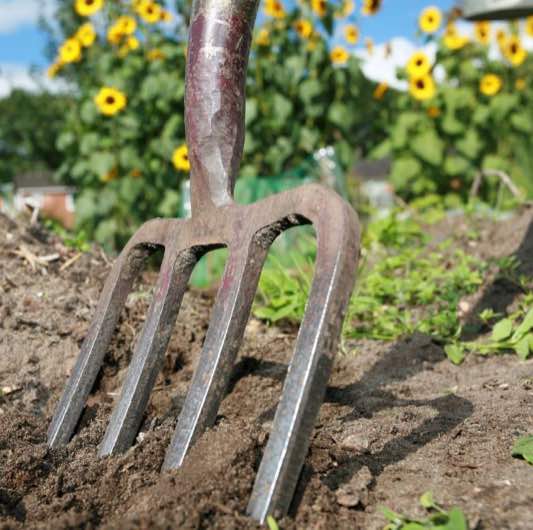If your summer water bills – or your local government’s water use restrictions – have you doubting your future as a vegetable gardener, take hope. Farmers in dry climates have developed a suite of strategies to grow crops with little to no irrigation. Called dry farming, or dryland farming, these strategies can be adapted to your home garden. So even in the middle of a drought, you can grow your vegetables and shrink your water bill, too.
Dryland Farming
Dry farming is more closely associated with agriculture than home gardening, it is not a yield maximization strategy, so it is not widespread or even well studied. As a result, you will find several different definitions for dry farming. Technical sources define dry farming as “crop production during a dry season, usually in a region that receives at least 20 inches of annual rainfall.” They tend to distinguish it from unirrigated or rainfed (growing during the rainy season) agriculture. Even if your garden doesn’t meet the definition, dry farming strategies can be effectively applied to your vegetable garden.
Four overarching principles of dry farming are:

- Store rainfall in the soil.
- Choose drought-tolerant crops.
- Space plants far apart.
- Prevent evaporation of soil moisture during the growing season.
Soil
Two of the four principles relate to soil. Soil quality is always important for growing vegetables, but healthy soil with good water-holding characteristics is a requirement for dry gardening. Add lots of organic matter to your soil (two inches to start and half an inch twice a year is a common recommendation). While regenerative agriculture promotes no-till farming, double-diggingis recommended for dry gardens (if a plow pan forms, you’ll need to break it up). The goal is to create a deep, rich soil that allows plants to root deeply, absorbs water to a depth of feet instead of inches, and doesn’t form a crust at the surface that will repel whatever water it does receive.
You can further eliminate the surface crust by mulching. Organic mulch like straw or leaf mulch is good, but you can also practice dust mulching, which is basically digging the top couple of inches after each rain or watering to disrupt the capillary connection between the surface soil and deeper soil, thus slowing evaporation. Stubble mulching requires leaving the organic remains, or “stubble,” from harvested crops. Like cover cropping, it protects the soil surface from desiccating wind and direct sunlight. Unlike cover cropping, it does not require water. Windbreaks can also help prevent soil from drying out. Consider using productive plants like sunflowers for your windbreak or use fencing for a waterless windbreak.
Plants
You must choose your dry garden plants carefully. Tomatoes, grains, grapes, fruit trees, winter squash, and other deep-rooted food crops are most appropriate for dry gardening.
Among these species, select varieties that will thrive in drier conditions. Dwarf and miniature varieties are more efficient because they don’t use as much water for producing stems and leaves. Early maturing, short-season varieties will finish fruiting before the soil becomes too dry, while long-season varieties will run out of water before forming fruit.
Start your season early – as soon as the soil is dry enough to work and the risk of frost is low. Presoak seeds before planting and space them widely. Plants may be spaced up to four or five feet apart to allow roots to draw water from a wider area.
Water
Ideally, you can eliminate irrigation entirely with dry gardening. But if your plants begin to show signs of drought or heat stress, it’s good to have a supply of stored water for irrigation. Plan ahead to collect rainwater using cisterns and rain barrels during the wet season.
One long, deep irrigation right after planting can be useful. If you water more, continue to water deeply and infrequently. Use soaker hoses rather than sprinklers. But stop watering once fruit begins to form – infrequent and irregular watering can lead to blossom end rot.
Dry gardeners are meticulous about weeding, since weeds compete with crops when water is scarce. Similarly, water should not be wasted on seedlings that won’t mature, so thin rigorously and early to maintain wide spacing. Oregon State University provides a useful primer for growers in the Pacific Northwest, but these and other guidelines must be tailored for your site-specific circumstances.
Dry Gardening for a Better Tasting Tomorrow
As the climate changes, dry gardening may be the only option for home-grown vegetables in the future. But it doesn’t have to be a hardship. Not only does it help save water, but blind taste tests confirm the popular belief that dry farming produces sweeter tomatoes and melons.
The post Dry Gardening for a Better Tasting Tomorrow appeared first on Earth911.








